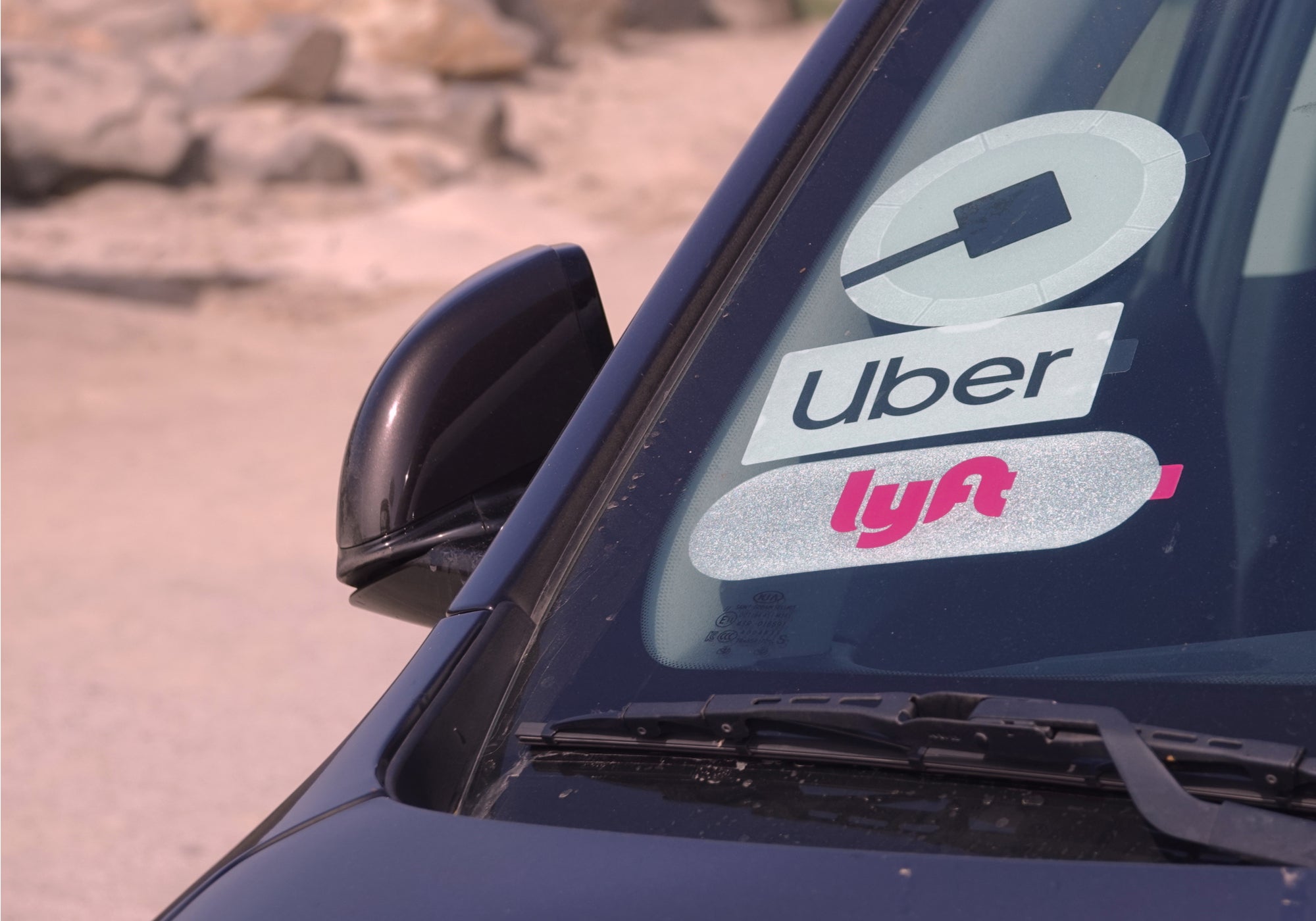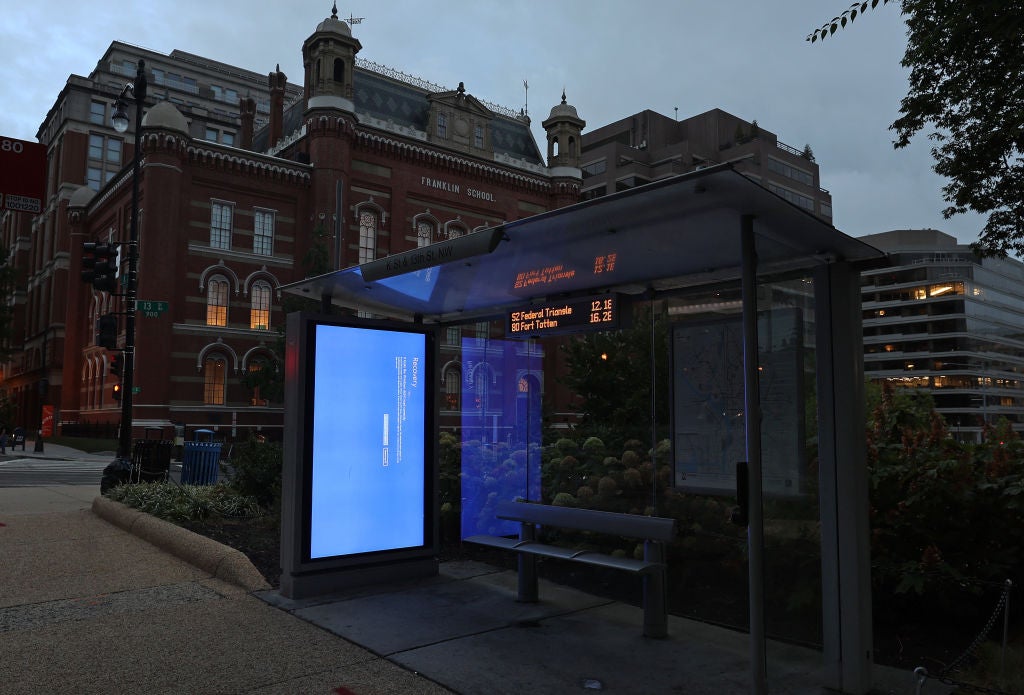
When Uber went public in May 2019, its IPO prospectus warned that the ride-hailing firm may never make a profit.
Despite its enormous reach – it completed 6.9 billion trips last year – the US firm reported an annual loss of $8.5bn. Uber’s leadership has sought to trim costs so that it can shake its dependency on venture capital investments, with CEO Dara Khosrowshahi saying in February that he expects his company to be profitable by the end of 2020.
The pandemic has surely torpedoed these hopes, and now Uber faces another threat to its already fragile business model: paying its workers a wage.
On Monday, a California judge issued a preliminary injunction that orders Uber and ride-hailing rival Lyft to reclassify their drivers in the state as employees rather than independent contractors.
The injunction follows a lawsuit filed in May by the state of California against the two firms. Under a new law known as AB-5, which came into effect on 1 January this year, firms must prove workers are free from company control to be able to class them as independent contractors.
Uber and Lyft have 10 days to appeal the decision – and both have said they will.
How well do you really know your competitors?
Access the most comprehensive Company Profiles on the market, powered by GlobalData. Save hours of research. Gain competitive edge.

Thank you!
Your download email will arrive shortly
Not ready to buy yet? Download a free sample
We are confident about the unique quality of our Company Profiles. However, we want you to make the most beneficial decision for your business, so we offer a free sample that you can download by submitting the below form
By GlobalData“When over 3 million Californians are without a job, our elected leaders should be focused on creating work, not trying to shut down an entire industry during an economic depression,” an Uber spokesman told the Guardian.
“We’ll immediately appeal this ruling and continue to fight for their independence. Ultimately, we believe this issue will be decided by California voters and that they will side with drivers,” Lyft spokesperson Julie Wood told CNN Business.
California driver ruling threatens largest market
California is the place where both ride-hailing companies were launched. It is also their largest market in the US, which makes the decision an unwanted development for the two unprofitable companies.
As it stands, Uber and Lyft take a cut of all money earned by drivers instead of paying an hourly rate. As contractors, drivers are not entitled to the same health care, holiday, social security and other benefits as employees. The ride-hailing firms would also be required to provide insurance.
Last year, equity research analysts at Barclays estimated the cost of reclassifying workers could cost Uber and Lyft an additional $3,625 per driver in California.
Lyft says it has 325,00 drivers in California, while Uber says it has more than 200,000. Based on Barclays figures, that would create a bill of $1.178bn for Lyft and $725m for Uber.
The California ruling could also set a precedent elsewhere in the US and in other countries around the world, where similar legal actions are underway. In the UK, two former Uber drivers took the company to court in a bid to classify workers as employees. The case is now in the UK Supreme Court and its decision will be binding.
“The adoption of such ruling in more locations undoubtedly jeopardizes the business model of Uber and Lyft, which has largely been based on the low-cost advantage of employing drivers as independent contractors,” says Theo Delimaris, associate analyst at research firm MarketLine.
“The estimated cost of shifting all independent contractors to employees, would vanquish profit margins for Uber, while it could further deepen Lyft’s losses to unsustainable levels.”
The companies would have to find additional ways to cut costs or ways to bring in more money.
The obvious candidate is to raise ride fares, which has been a key attraction of the ride-hailing firms for consumers. Raising prices would be fraught with risk, allowing competitors – including traditional taxi firms – to steal some of the market share Uber has spent the past decade gobbling up. The two companies could also be forced to make redundancies and reduce the number of drivers, says Delimaris.
In its latest quarterly earnings, Uber reported a $1.78bn net loss for the period. With demand for rides crippled by the pandemic, Uber’s results were saved from further woes by its food delivery business, which reported a 103% rise in revenues. Lyft, which reports earnings Wednesday, does not have other revenue streams to fall back on and is expected to take a significant hit for the quarter.
“This decision comes at the worst timing given the current collapse of demand in riding services – with Uber reporting a 73% decline in bookings of ride services – and that could be a nail in the coffin for their business,” said Delimaris.
“What came as an advantage for these companies in these unprecedented times – low fixed costs based on a flexible basis workforce – it is now taken away from them.”
Read more: Uber announces partnership with Thames Clippers boat service







